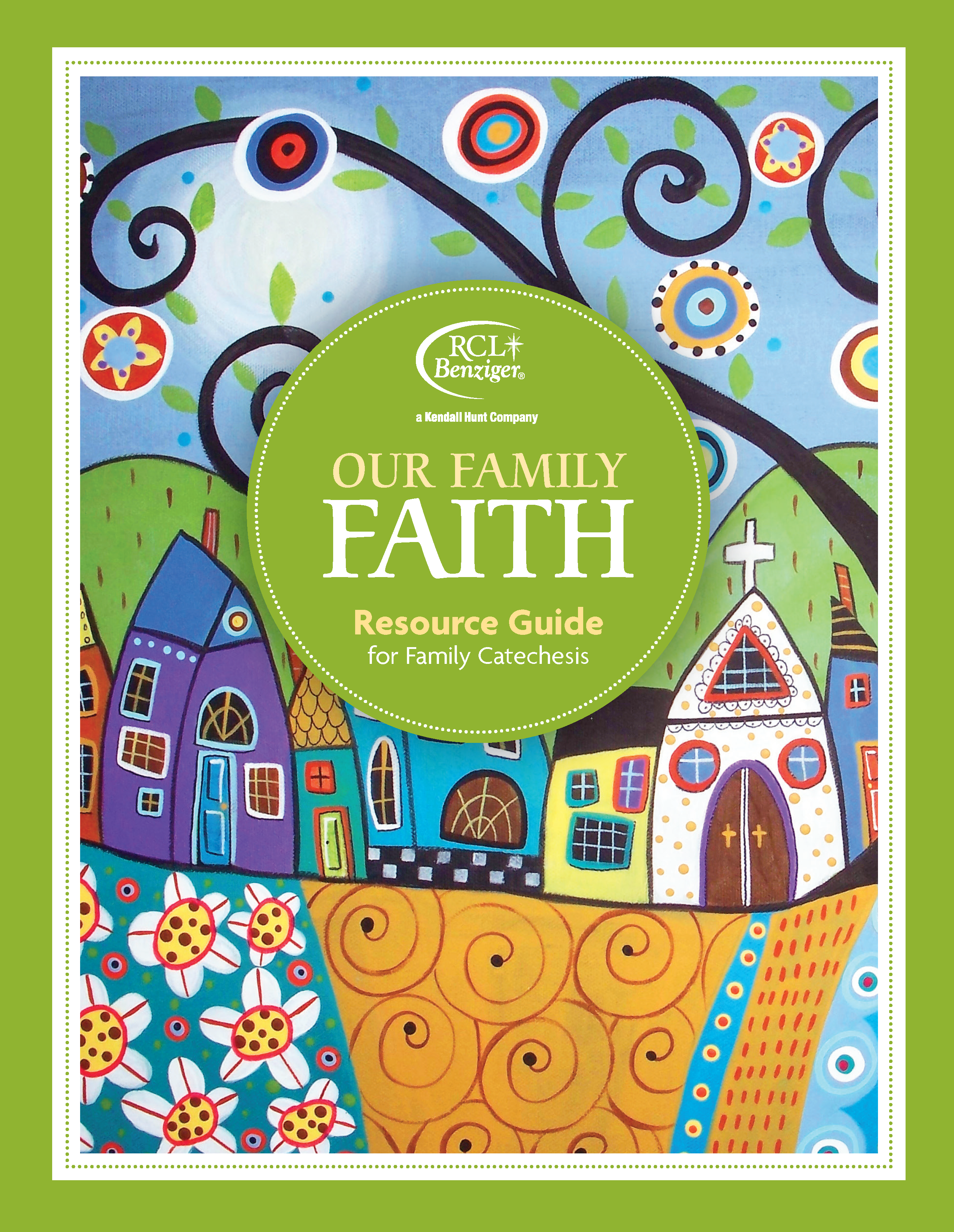Parents and grandparents often share with me that they pick up on language, gestures and attitudes among their children that are not coming from home. They are, they say, coming from social media videos, and the influencers who have become almost daily guests in the lives of many of today’s children.
 Two of the top video influencers for youth have more than 100 million followers each, but that doesn’t diminish the influence of those who have followers only in the thousands. And for the most part, the influence isn’t positive.
Two of the top video influencers for youth have more than 100 million followers each, but that doesn’t diminish the influence of those who have followers only in the thousands. And for the most part, the influence isn’t positive.
Experts in the field identify fame, materialism, self-absorption, legitimizing disrespect and an often-negative impact on body image as the downside of social media influencers, most of who are battling for the spotlight even at a very young age.
As the adults who play an important role in the lives of children, we need to be aware of just who is influencing our children and what they are learning from the latest cultural icons, many of whom are young people like our children, a fact which makes them very relatable.
Fortunately, as Catholics, we have our own influencers who can make a positive impact on our youth. We just need to bring them into our young people’s field of vision.
Let’s start with Blessed Carlo Acutis, destined to be our first millennial saint, who used technology to bring youth closer to God.
Speaking of Carlo, Pope Francis said, “The digital world can expose you to the risk of self-absorption and isolation. But there are young people even there who show creativity and even genius. Like Carlo.”
Carlo, who was known by some as a computer geek, lived the life of a normal teen in the 21st century, enriched by his search for holiness. He went to school, studied, played soccer and served in soup kitchens. He enjoyed films and video games and volunteered after school with the homeless and poor. He also went to daily Mass and was devoted to the Eucharist, spending four years using his computer skills to build a website to tell the stories of Eucharistic miracles from around the world.
One thing, Carlo never desired was fame. He worked humbly for the good of others and out of love for God. In 2006, when Carlo was fifteen, he became seriously ill and was soon diagnosed with leukemia. Ten days after taking ill, he died.
Carlo was beatified in 2020. His feast day is Oct. 12. He is just one of a number of young saints with whom are youth might identify, and from whom they may learn that holiness does not require that they give up who they are as contemporary youth, but means, instead, evaluating what is good for them, good for others and good for their relationship with God.
Bishop David M. O’Connell, C.M., of the Diocese of Trenton, N.J., has written a series entitled “Young Saints.” In his message, addressed to youth, he writes, “Becoming a saint starts now ... you don’t have to wait until you ‘grow up.’ If you want to be a good person, a holy person, “Why wait?”
“Like anything else in life, being good at something takes practice, a lot of practice. That’s true of a career. That’s true of healthy, loving relationships. That’s also true of faith and holiness and ... of becoming a saint!
“We need saints in the world, in our country, in the Church, in school, in families, in our friendships, in work, in what we hope to do and to be ... but not only ‘one day’ or way in the future. We need saints right now! And we need to begin to practice right now!”
In addition to the many opportunities to introduce your children to saints that appear in your curriculum guides, consider familiarizing yourself with those younger saints who, even with difficulties and challenges, were led by their love of God.
 About the Author
About the AuthorMary Clifford Morrell, mother of six and grandmother to ten, is a Catholic journalist, editor, and author who has served the Dioceses of Metuchen and Trenton, New Jersey; Burlington, Vermont, and RENEW International in the areas of religious education and communication.
Product Highlight
Our Family Faith: Resource Guide for Family Catechesis
We listened when catechetical leaders asked for faith formation models that better engage families and support parents as the primary catechists of their children. We recognized the need for flexible and customizable resources that are simple, affordable, and effective.
Our Family Faith: Resource Guide for Family Catechesis provides catechetical leaders with the tools needed to engage entire families. Packed with practical suggestions and ready-to-use tools.
